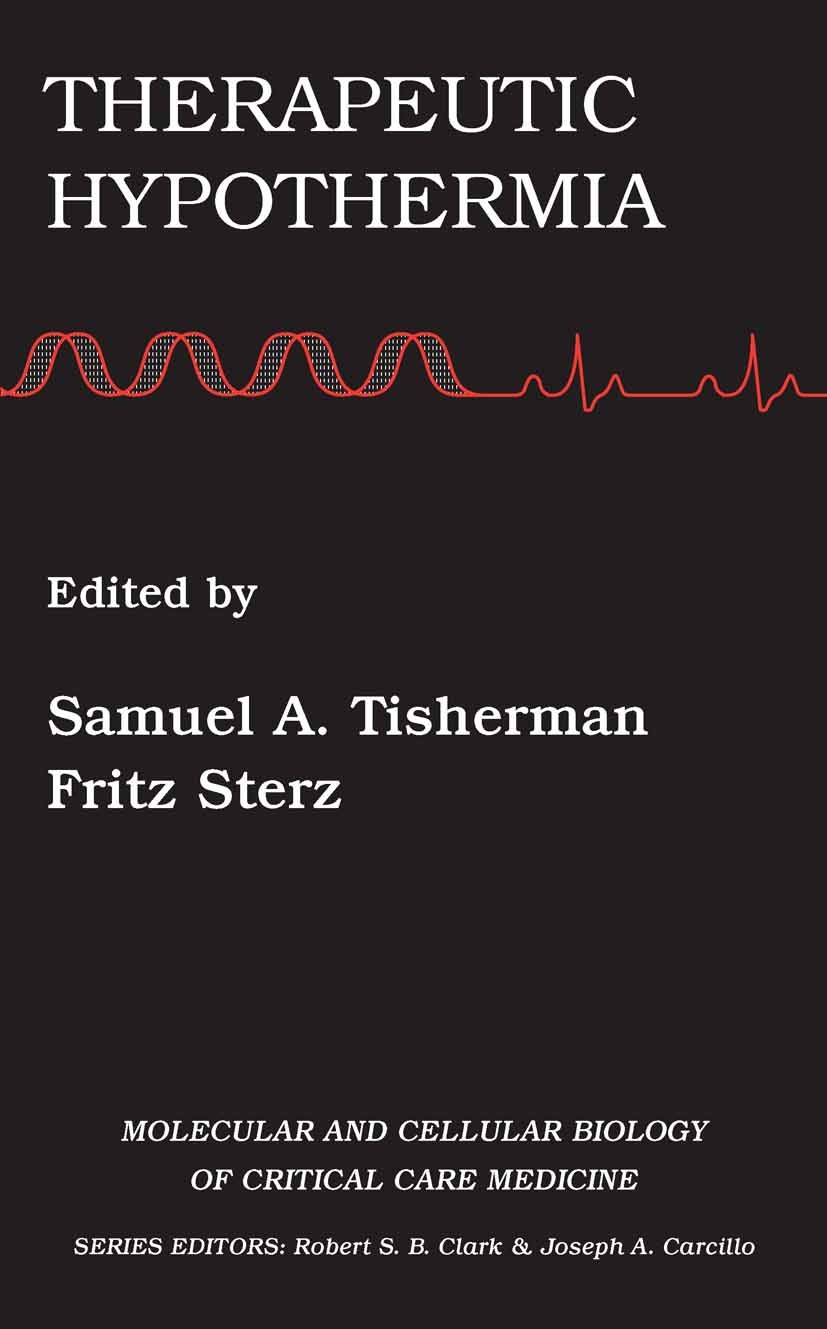| 書目名稱 | Therapeutic Hypothermia | | 編輯 | Samuel A. Tisherman,Fritz Sterz | | 視頻video | http://file.papertrans.cn/925/924103/924103.mp4 | | 概述 | Fourth book in the Molecular and Cellular Biology of Critical Care Medicine series.Emphasizes resuscitative hypothermia.Global perspective on topic | | 叢書名稱 | Molecular & Cellular Biology of Critical Care Medicine | | 圖書封面 |  | | 描述 | Samuel A. Tisherman, MD‘, Fritz Sterz, MD~ ‘~niversit~ of Pittsburgh, Pittsburgh, PA, USA 2~edical University of Vienna, Vienna, Austria The use of hypothermia for a variety of therapeutic purposes has a long and erratic history. Hippocrates recommended the use of topical cooling to stop bleeding. Fay used cooling of the extremities for patients with tumors in the 1930s. It wasn‘t until the 1950s, when the effects of hypothermia on systemic oxygen metabolism became better defined, that systemic hypothermia became a commonly used modality, particularly for cardiac surgery. Hypothermia was used for protection (treatment before the insult) and preservation (treatment during the insult) of the heart and entire organism during planned operative ischemia. Shortly thereafter, attempts were made to use hypothermia for resuscitation (treatment after the insult) from cardiac arrest and for management of head trauma. At that time, it was felt that moderate hypothermia (28-32OC) was needed. This was difficult to achieve and manage. Multiple complications were noted. Consequently, therapeutic, resuscitative hypothermia lay dormant for many years while mild (32-35°C) to moderate hypothermia beca | | 出版日期 | Book 2005 | | 關鍵詞 | Laboratory; Sepsis; Trauma; brain injury; care; cerebral ischemia; critical care; shock | | 版次 | 1 | | doi | https://doi.org/10.1007/b107316 | | isbn_softcover | 978-1-4419-3793-3 | | isbn_ebook | 978-0-387-25403-6 | | copyright | Springer-Verlag US 2005 |
The information of publication is updating

|
|
 |Archiver|手機版|小黑屋|
派博傳思國際
( 京公網(wǎng)安備110108008328)
GMT+8, 2025-10-25 02:36
|Archiver|手機版|小黑屋|
派博傳思國際
( 京公網(wǎng)安備110108008328)
GMT+8, 2025-10-25 02:36


